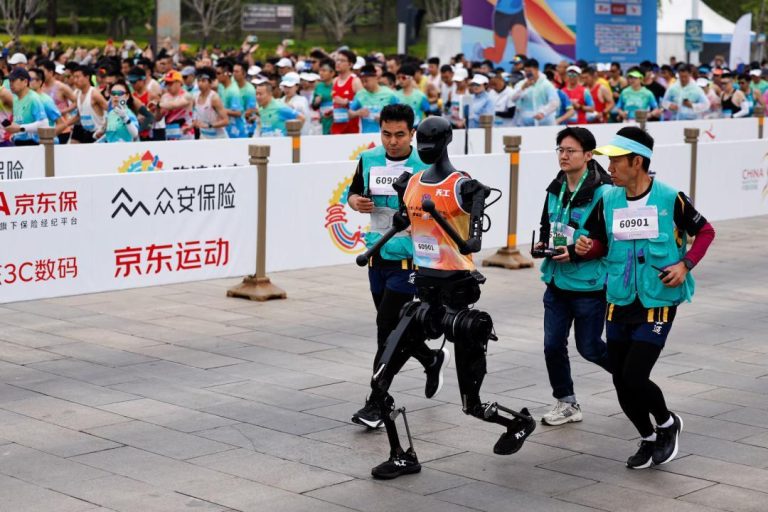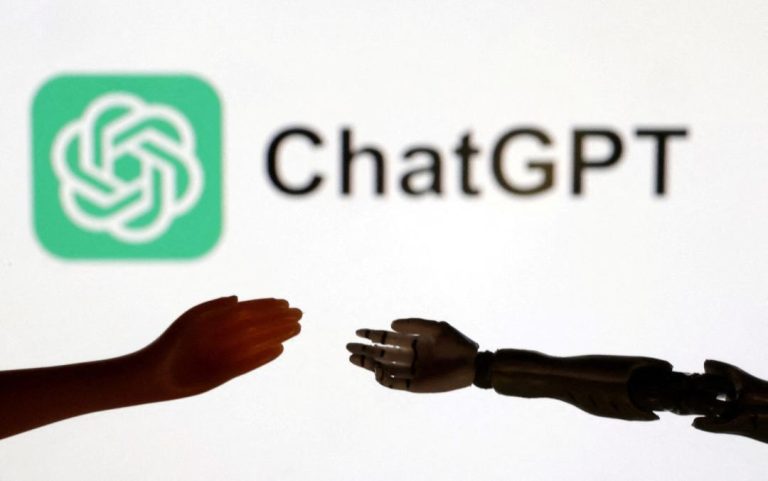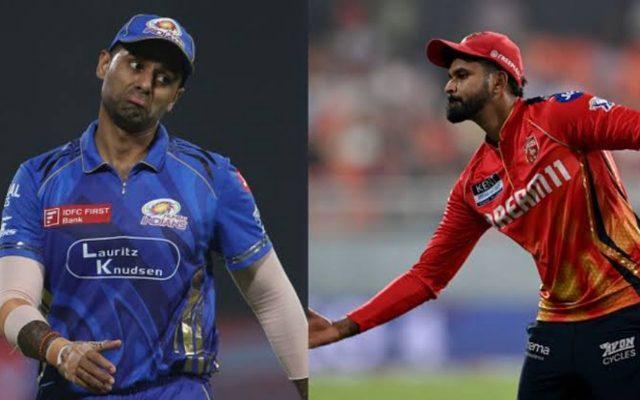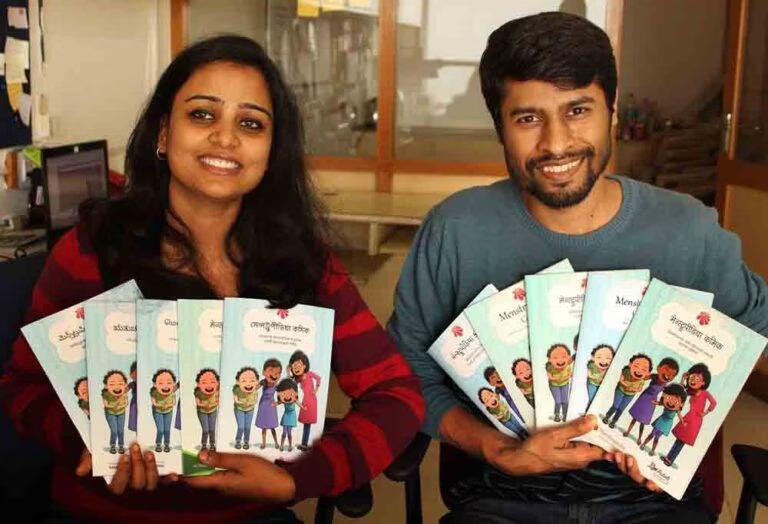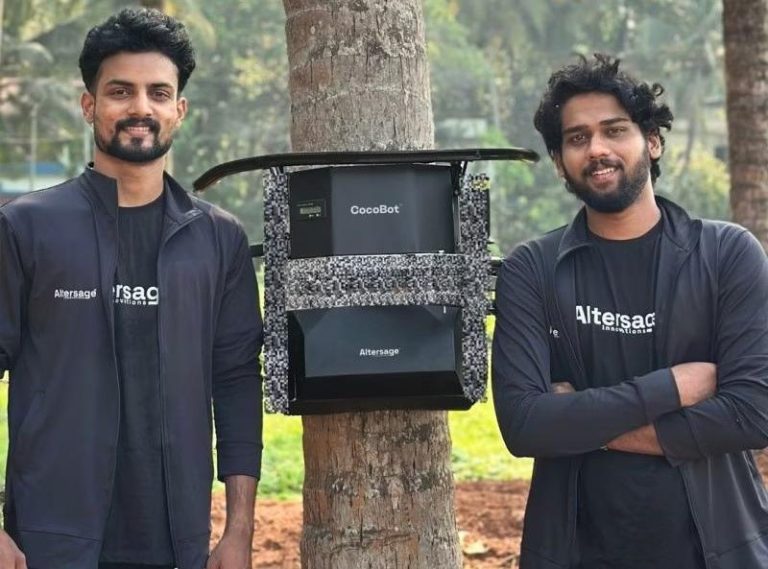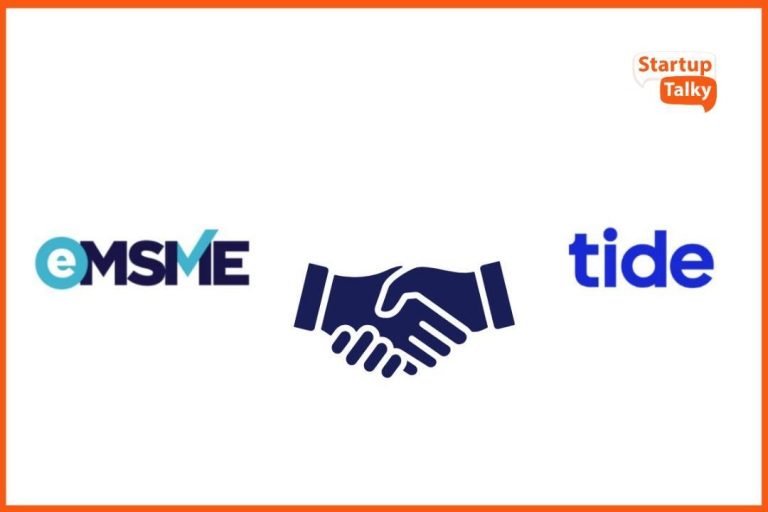
India’s New Obsessions: Quick Commerce & Short Drama Apps
In the digital age, it’s no secret that consumer behavior is constantly evolving. With the rise of e-commerce, social media, and entertainment platforms, consumers are increasingly demanding speed, convenience, and personalized experiences. Two trends that have been making waves in India are quick commerce and short drama apps. In this blog post, we’ll delve into the world of 10-minute deliveries and 3-minute dramas, exploring how these innovations are transforming consumer behavior in urban India.
Quick Commerce: The Rise of 10-Minute Deliveries
In the past year, the quick commerce market in India has witnessed unprecedented growth. According to a report, the market crossed ₹7,500 crore in FY24, with a staggering 68% of metro users ordering at least twice a week. This surge can be attributed to the increasing demand for instant gratification, with consumers willing to pay a premium for doorstep delivery within a short span of time.
Grofers, a popular quick commerce platform, has been at the forefront of this revolution. With a focus on instant delivery, the company has expanded its services to over 30 cities, offering a wide range of products, from fresh produce to packaged goods. Other players like Zomato, Swiggy, and Dunzo have also jumped on the bandwagon, offering their own versions of quick commerce.
The success of quick commerce can be attributed to several factors. Firstly, urban Indians are increasingly busy, with little time to spare for grocery shopping or ordering food online. Quick commerce platforms have capitalized on this trend, offering a convenient solution that caters to the needs of the modern consumer.
Secondly, the rise of digital payments has made transactions seamless and secure. With the likes of Paytm, Google Pay, and UPI, consumers can now pay for their orders with just a few taps on their smartphones. This has further accelerated the growth of quick commerce, making it easier for consumers to order and receive their desired products within a short span of time.
Short Drama Apps: The Rise of 3-Minute Dramas
While quick commerce is revolutionizing the way we shop, short drama apps are changing the way we consume entertainment. In 2025, short drama apps saw a massive surge in popularity, with 300 million users, a 40% increase from 2023. Ad revenues for these apps hit ₹2,000 crore in 2024, a testament to their growing popularity.
Short drama apps like Moj, Josh, and Mitron have been instrumental in this growth. These platforms offer a unique format, featuring short, bite-sized episodes of dramas, often ranging from 3 to 10 minutes in length. This format is particularly appealing to urban Indians, who have a short attention span and are increasingly demanding content that is engaging, yet quick to consume.
The success of short drama apps can be attributed to several factors. Firstly, the rise of mobile-first entertainment has made it easier for consumers to access and consume content on-the-go. Short drama apps have capitalized on this trend, offering a format that is perfect for short, daily commutes or quick breaks during the day.
Secondly, the increasing popularity of short-form content on platforms like TikTok and Instagram Reels has paved the way for short drama apps. Consumers are now accustomed to consuming short, engaging content, and short drama apps have filled this gap by offering a unique format that combines entertainment and storytelling.
Conclusion
In conclusion, quick commerce and short drama apps are two trends that are redefining urban India’s digital habits. With the rise of 10-minute deliveries and 3-minute dramas, consumers are increasingly demanding speed, convenience, and personalized experiences. As delivery platforms and content apps continue to innovate, it’s likely that these trends will continue to shape the way we shop and consume entertainment in the years to come.
As we move forward, it will be exciting to see how these trends continue to evolve and shape the digital landscape in India. Whether it’s the rise of voice commerce or the increasing popularity of virtual events, one thing is certain – Indian consumers are driving the charge towards a digital future that is faster, more convenient, and more personalized than ever before.
Source:

